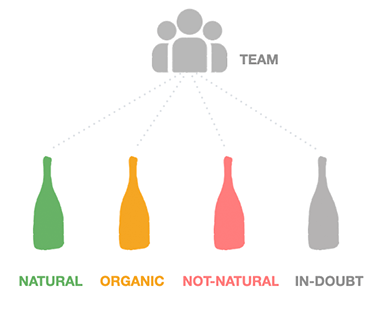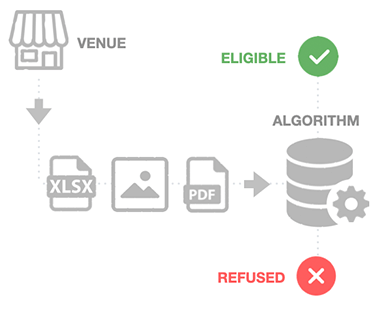April 19, 2024 - 0 comments

While the notorious "mouse" fault might not be a household name among casual wine enthusiasts, for those who've encountered its peculiar aftertaste, it's certainly unforgettable.

But what exactly is mouse? Picture a flavor reminiscent of a neglected mouse cage, wet cardboard, or sometimes popcorn. Aptly named for its resemblance to these less-than-appetizing tastes, mouse has found a niche within the natural wine movement. Wines produced without added sulfites, (which in conventional winemaking is used to control or kill both good and bad bacteria and yeasts), seem particularly susceptible.
So, what causes this mysterious fault?


The science is not exact and partially still being researched, so it’s more understandable to say that multiple microorganisms contribute to the creation of mousiness. Strains of lactic acid bacteria and a yeast strain called Brettanomyces have been implicated. It's a complex interplay of microbial activity, pH levels, and oxygen exposure that sets the stage for mouse taint to develop. Climate change contributing to higher pH levels in wine also leaves space for it’s development.


Detecting mouse isn't always straightforward. Unlike some wine flaws immediately apparent on the nose, mouse sneaks up on the palate, revealing its presence through a delayed aftertaste.

Furthermore, individual sensitivity to mouse varies widely. Factors like mouth pH, which changes from person to person can influence perception. Some individuals may not taste it at all, while for others, it's unmistakable.

Fascinatingly, there are instances where mature wines shed their mousy character, a trait more commonly associated with freshly bottled wines. This elusive flaw can even reappear unexpectedly over time, adding an element of stealth to its presence. While we fully support avoiding sulfite additions, winemakers must remain vigilant, as the mouse can surprise even the most cautious. Time often proves to be a winemaker's friend, as the mousy character tends to dissipate after a few months of bottle aging.


Wine fault: Mouse, now you know!














